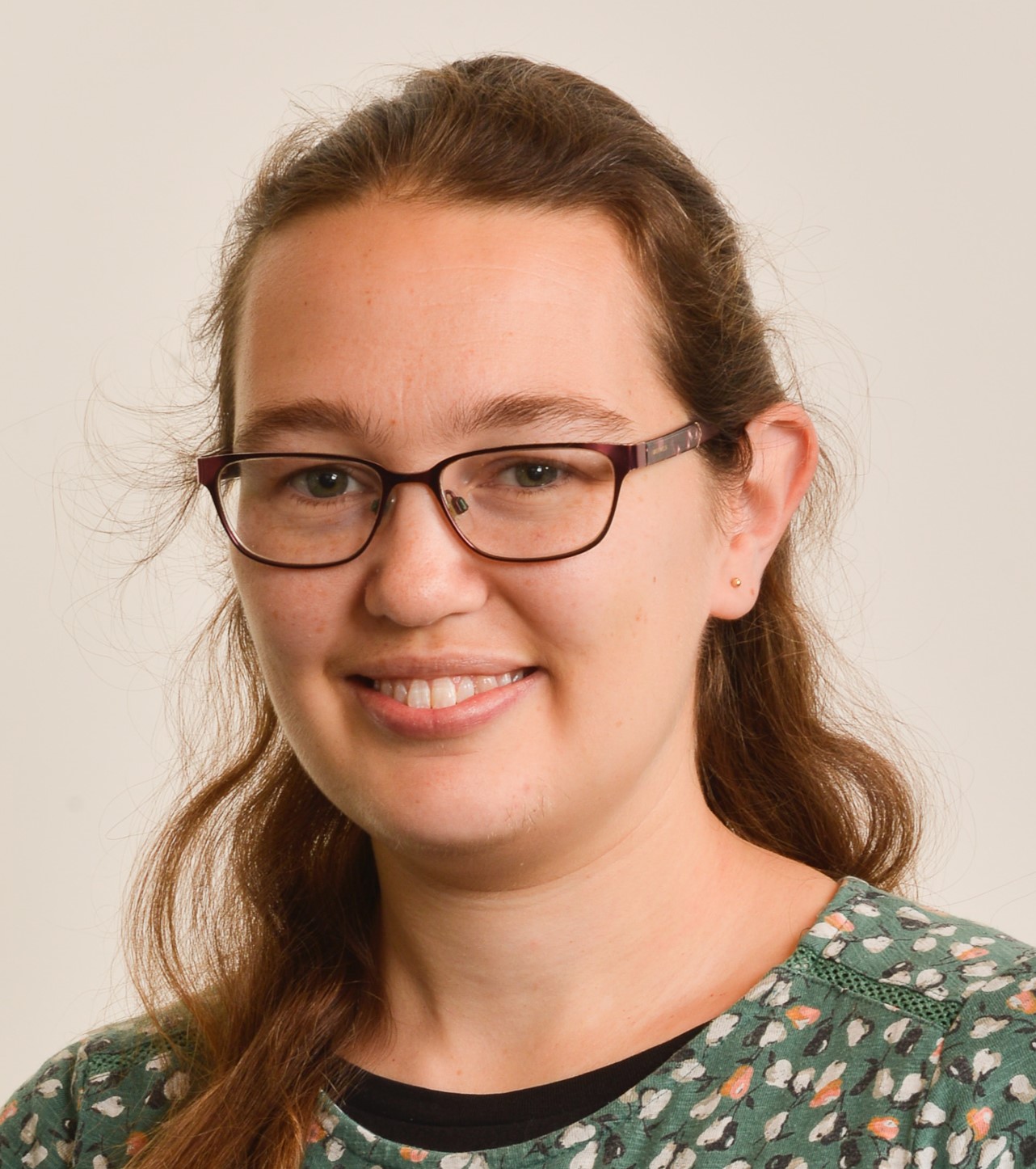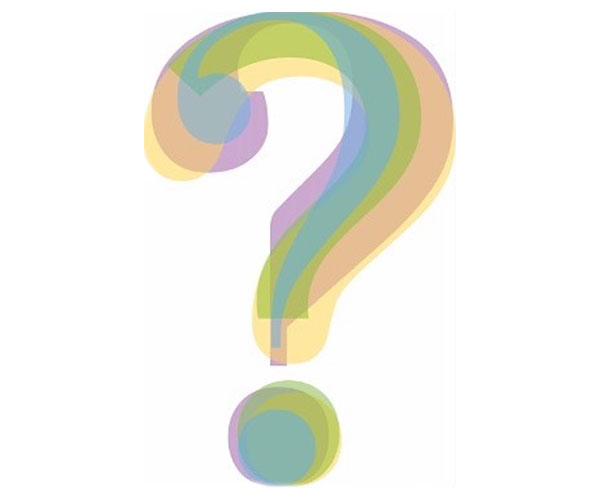Back to publications
Robust estimation of cortical similarity networks from brain MRI
Paper Details
Published: 2023/07/17
Journal: Nature Neuroscience
DOI: 10.1038/s41593-023-01376-7
Structural similarity is a growing focus for magnetic resonance imaging (MRI) of connectomes. Here we propose Morphometric INverse Divergence (MIND), a new method to estimate within-subject similarity between cortical areas based on the divergence between their multivariate distributions of multiple MRI features. Compared to the prior approach of morphometric similarity networks (MSNs) on n > 11,000 scans spanning three human datasets and one macaque dataset, MIND networks were more reliable, more consistent with cortical cytoarchitectonics and symmetry and more correlated with tract-tracing measures of axonal connectivity. MIND networks derived from human T1-weighted MRI were more sensitive to age-related changes than MSNs or networks derived by tractography of diffusion-weighted MRI. Gene co-expression between cortical areas was more strongly coupled to MIND networks than to MSNs or tractography. MIND network phenotypes were also more heritable, especially edges between structurally differentiated areas. MIND network analysis provides a biologically validated lens for cortical connectomics using readily available MRI data.
Authors

Isaac Sebenius
Cambridge University
PhD Student

Sarah Morgan
Cambridge University
Departmental Early Career Academic Fellow, Accelerate Programme

Jakob Seidlitz

Varun Warrier

Richard AI Bethlehem

Aaron Alexander-Bloch

Travis T Mallard

Rafael Romero Garcia


